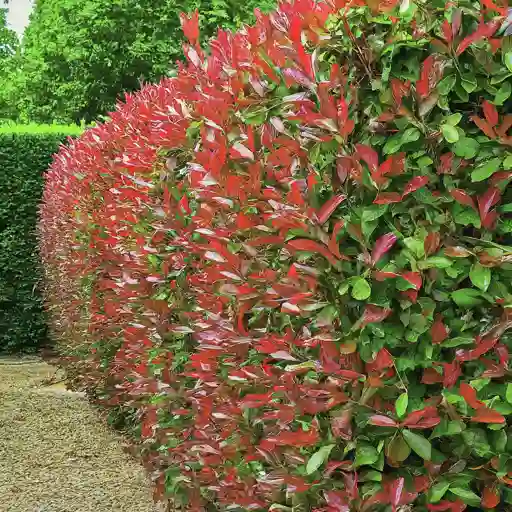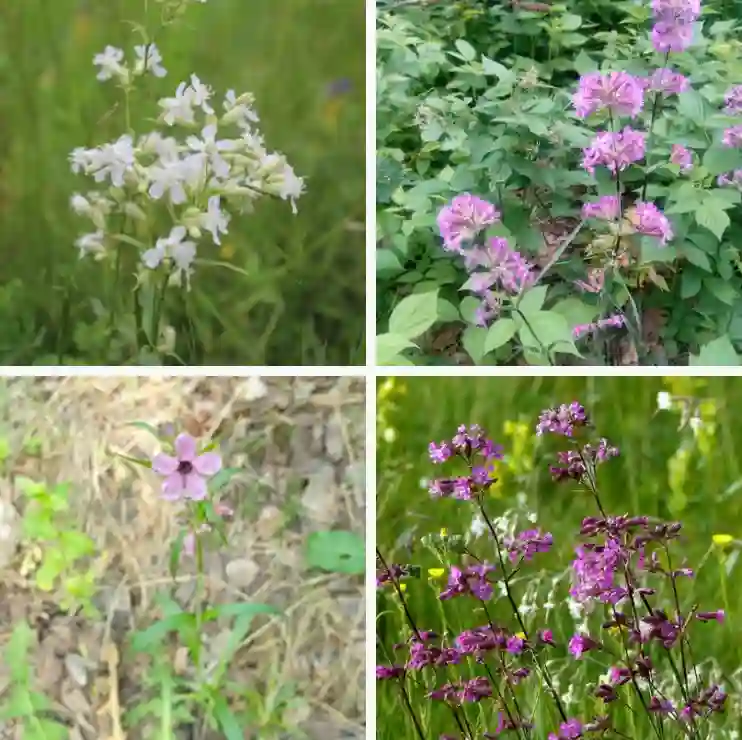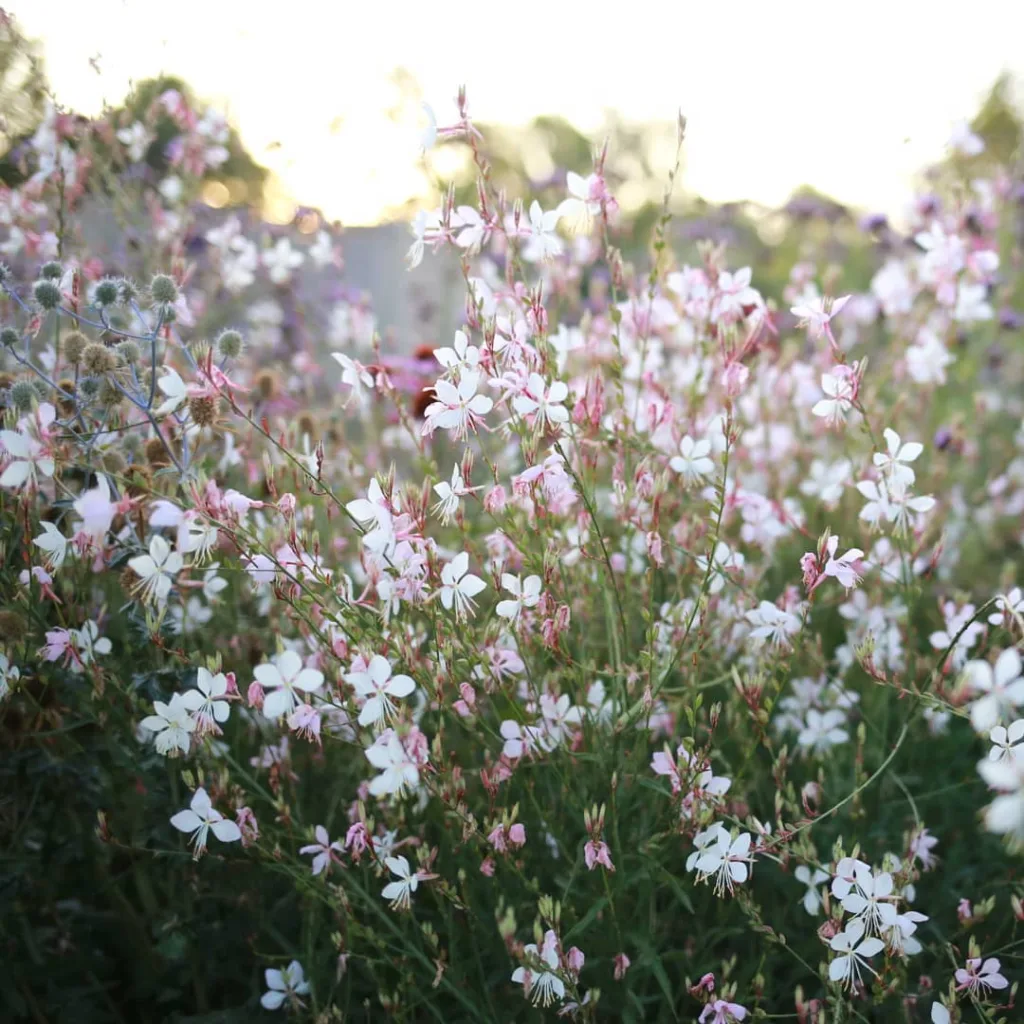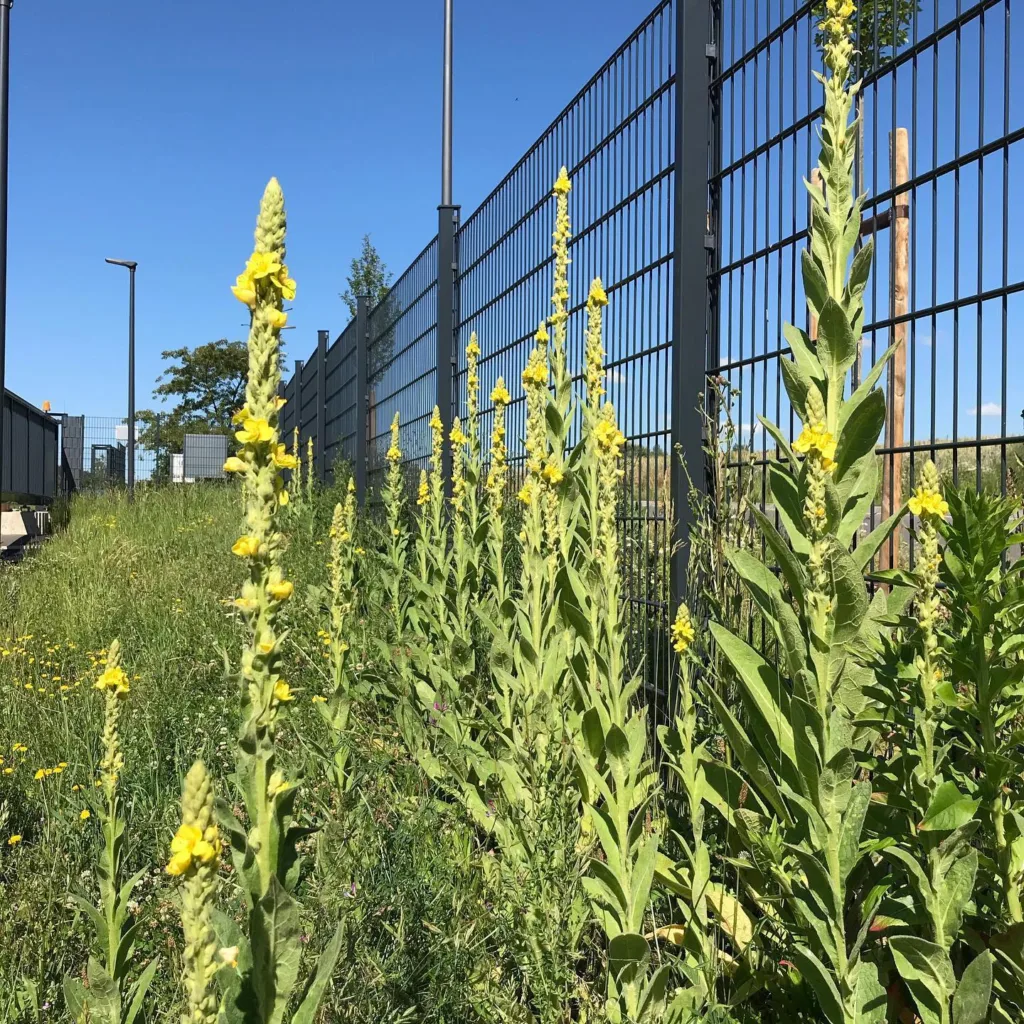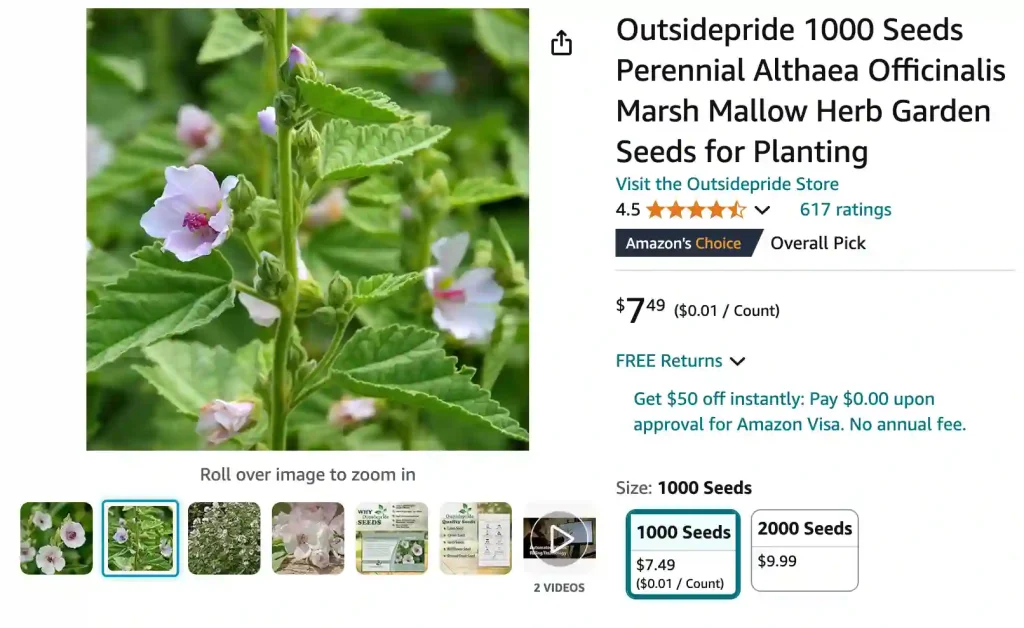
What is Althaea Officinalis?
Althaea Officinalis, commonly known as marshmallow plant or marshmallow root, is a perennial herb that belongs to the Malvaceae family. It’s native to Europe, Western Asia, and North Africa but has been widely cultivated in other regions for its medicinal properties and ornamental beauty. Althaea Officinalis has soft, velvety leaves, and its pale pink flowers bloom in the summer, adding a touch of elegance to gardens.
10 Species in Genus Althaea
Are Marshmallows Today Still Made from Althaea Officinalis?
Interestingly, the original marshmallows were made using the root sap of Althaea Officinalis. The sap was combined with egg whites and sugar to create a soft, fluffy treat. However, modern marshmallows no longer contain Althaea Officinalis. Today, they are typically made from sugar, water, and gelatin, which replicates the fluffy texture of the original confection without the need for the marshmallow plant’s root.
Is Althaea Officinalis a Shrub?
Althaea Officinalis is not a shrub; it’s an herbaceous perennial plant. This means it has soft stems that die back to the ground in winter and regrow in the spring. It can reach up to 4 to 5 feet in height, with a spread of about 2 to 3 feet. Its tall, sturdy stems and broad leaves give it a bushy appearance, which might cause some confusion with shrub-like plants.
Does Althaea Officinalis Tolerate Wet Feet?
One of the great qualities of Althaea Officinalis is its ability to tolerate a variety of soil conditions, including those that are quite moist. This plant can handle “wet feet,” meaning it can thrive in soil that remains consistently wet or even waterlogged. This makes it an excellent choice for planting in areas where other plants might struggle, such as near ponds, streams, or in rain gardens.
How to Grow Althaea Officinalis?
Growing Althaea Officinalis is relatively straightforward. Here are some tips to get started:
- Location: Choose a sunny location, although it can tolerate partial shade.
- Soil: It prefers rich, well-drained soil but can adapt to various soil types, including sandy or clay soils. Its tolerance to moist conditions makes it versatile for different garden settings.
- Planting: Plant seeds in the spring or early summer. Seeds can be sown directly into the ground or started indoors and transplanted once the seedlings are strong enough.
- Watering: Water regularly to keep the soil moist, especially during dry spells. Once established, Althaea Officinalis is relatively drought-tolerant but performs best with consistent moisture.
- Maintenance: Prune back the stems after flowering to encourage new growth and to keep the plant tidy. Mulching can help retain soil moisture and reduce weed growth around the plant.
How to Make a Root Extract from Althaea Officinalis?
Making a root extract from Althaea Officinalis can be a rewarding process, especially for those interested in natural remedies. Here’s a simple method:
- Harvesting: Dig up the roots of a mature Althaea Officinalis plant, ideally in the fall when the roots are most potent.
- Cleaning: Wash the roots thoroughly to remove dirt.
- Drying: Cut the roots into small pieces and allow them to dry completely. This can be done by spreading them out in a single layer in a warm, dry place.
- Extracting: Once dried, the roots can be ground into a powder or used whole. To make a basic extract, boil a few tablespoons of the dried root in water for about 15-20 minutes. Strain the mixture, and the resulting liquid is your root extract.
This extract can be used in teas or as a topical application for skin irritations.
Althaea Officinalis vs. Malva Sylvestris
Althaea Officinalis and Malva Sylvestris, commonly known as common mallow, are both members of the Malvaceae family and share some similarities in appearance and medicinal use. However, there are notable differences:
- Appearance: Althaea Officinalis typically grows taller, up to 5 feet, with larger flowers that are pale pink or white. Malva Sylvestris is shorter, around 3 feet, with more vibrant purple flowers.
- Uses: Both plants have been used traditionally for their soothing properties, particularly for respiratory and digestive issues. However, Althaea Officinalis is more renowned for its use in traditional medicine, particularly for its mucilage content, which helps soothe mucous membranes.
- Growing Conditions: Both plants prefer similar growing conditions—full sun to partial shade and well-drained soil. However, Althaea Officinalis is more tolerant of wet conditions compared to Malva Sylvestris.
What Are the Benefits of Althaea Officinalis?
Althaea Officinalis is highly valued for its medicinal properties. The plant is rich in mucilage, a gel-like substance that can help soothe and protect irritated tissues. It has been used traditionally to treat:
- Respiratory Issues: Such as coughs, sore throats, and bronchitis.
- Digestive Problems: Including ulcers, gastritis, and diarrhea.
- Skin Irritations: Like burns, wounds, and insect bites, thanks to its anti-inflammatory properties.
Can You Grow Althaea Officinalis Indoors?
While it’s possible to grow Althaea Officinalis indoors, it’s not the most practical option. The plant can grow quite tall and requires plenty of sunlight to thrive, which can be challenging to provide indoors. However, if you have a large, sunny window or a greenhouse, growing Althaea Officinalis indoors could be an interesting project for herbal enthusiasts.
Common Problems When Growing Althaea Officinalis
Like many plants, Althaea Officinalis can be susceptible to certain pests and diseases. Some common issues include:
- Aphids: These small insects can be controlled with insecticidal soap or by introducing natural predators like ladybugs.
- Rust: A fungal disease that can cause orange or brown spots on the leaves. Ensuring good air circulation and avoiding overhead watering can help prevent rust.
- Powdery Mildew: This appears as a white, powdery coating on the leaves. Regular pruning and maintaining good plant spacing can reduce the risk of mildew.
Conclusion
Althaea Officinalis is a versatile and useful plant, cherished for its medicinal properties and its adaptability to various growing conditions. Whether you’re looking to add a touch of history to your garden or explore natural remedies, Althaea Officinalis is a plant worth considering.
If i die, water my plants!
